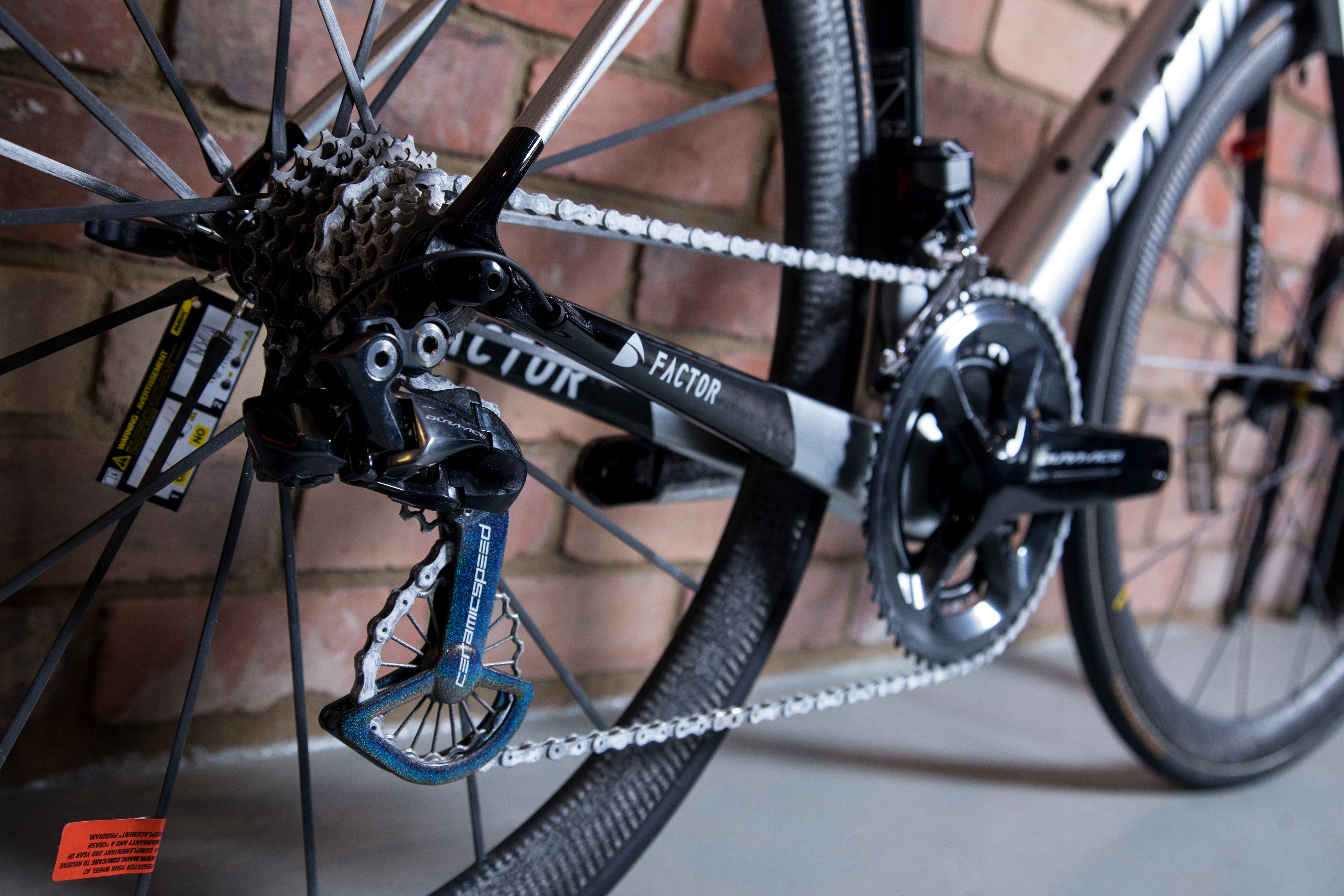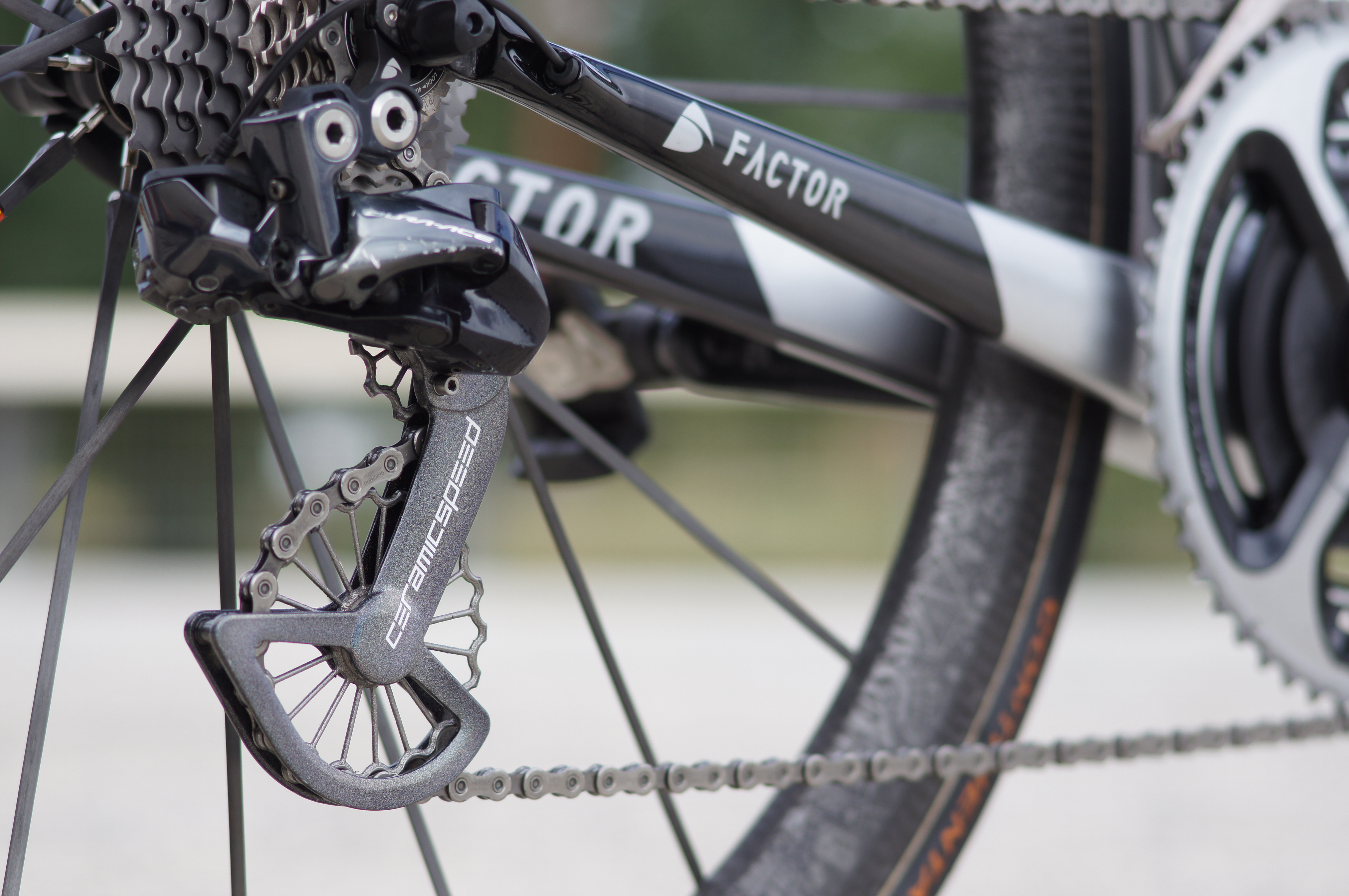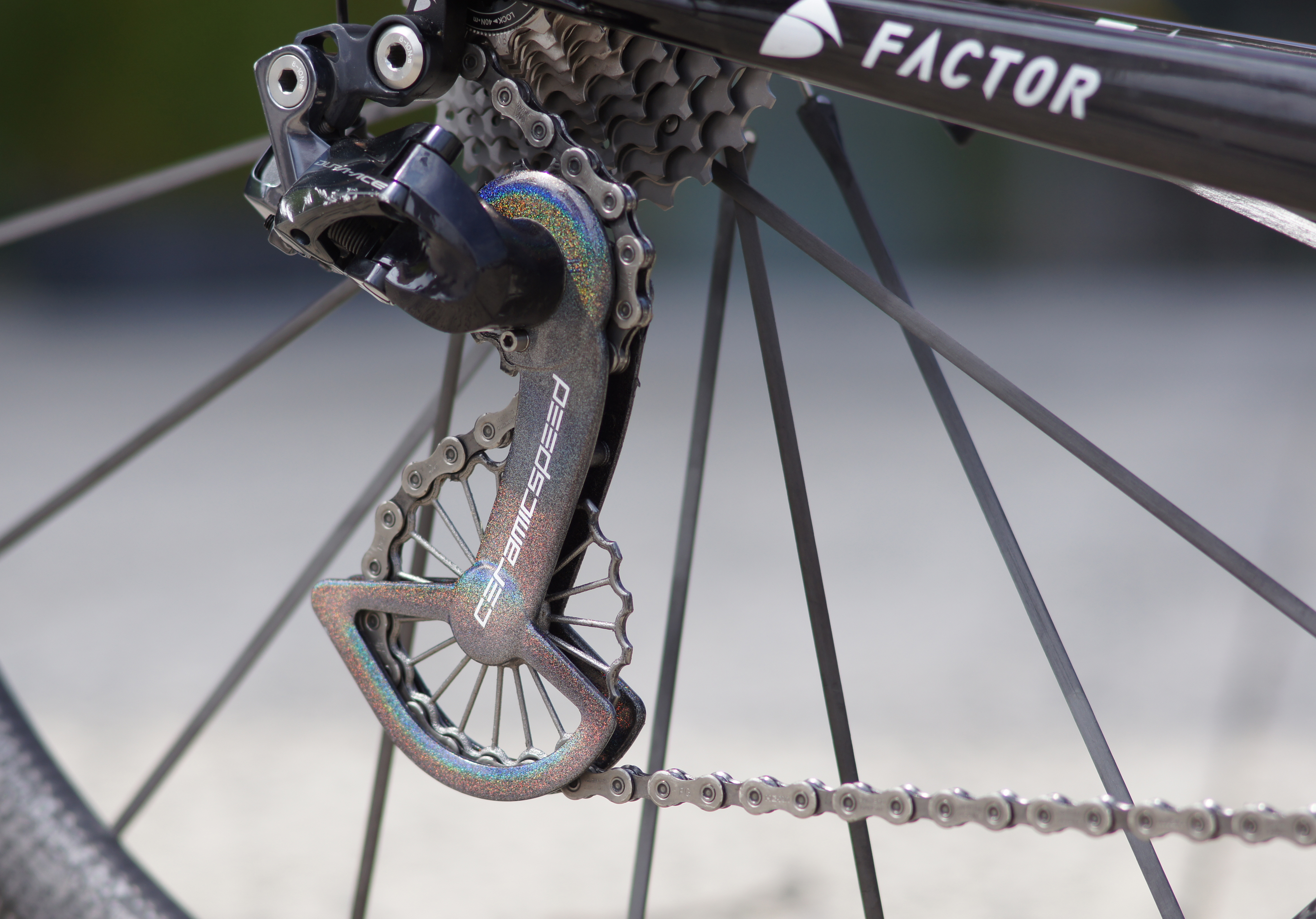CeramicSpeed, a supplier of ceramic bearings for cycling and industrial applications based in Denmark, has partnered with the Danish Technological Institute (DTI), an independent not-for-profit R&D institution headquartered in Taastrup, to develop a pulley wheel for professional cyclists using 3D printing.
Leveraging its SLM 500 metal additive manufacturing system from German metal 3D printer manufacturer SLM solutions, DTI helped CeramicSpeed manufacture a lightweight and durable pulley wheel, or gear wheel, for improving cycling performance. The item was developed by the partners in order to create new and innovative cycling technology for professional riders to use in race-condition testing for this year’s Tour de France.
“3D printing technology has given us a lot of leeway to experiment creatively with design, while at the same time being able to optimize a product’s function,” Carsten Ebbesen, R&D Manager at CeramicSpeed stated.
“The collaboration with DTI has led us to develop and produce gears in a radically new design form that is only possible with 3D printing.”

3D printing innovation in cycling
DTI is a research institution that aims to utilize the latest knowledge and technology to create new or better products, materials, processes, methods or organizational modes for Danish firms. It also engages in development projects with research and educational institutions both in Denmark and abroad. The institute offers consultancy and services within a wide range of business areas such as building and construction to chemistry and biotechnology.
Examples of its 3D printing R&D projects includes its collaboration with the Royal Danish Academy of Fine Arts Schools of Architecture, Design and Conservation to develop a new approach to 3D printing in construction. In April 2019, DTI was also granted €10.6 million to set up an Open Innovation Test Bed (OITB) focusing on advancing the field of 3D printed electronics.
DTI is equipped with the quad-laser SLM 500 and twin SLM 280 systems from SLM Solutions, and has been using selective laser melting for a few years now. Its experience in metal additive manufacturing made the institute a suitable partner for CeramicSpeed to help 3D print a pulley wheel with optimized weight and performance. CeramicSpeed sought to create the part as it sees the upcoming Tour de France as a testing ground for unique cycling engineering challenges such as weight optimization. The company considers product innovation as the key for staying at the forefront of the global cycle industry.

Complex and lightweight metal AM from SLM Solutions
The pulleys were printed in titanium on DTI’s SLM 500 metal 3D printer. SLM Solutions’ additive manufacturing technology helped to provide the complex geometry required for the part, which includes 17 spokes, a diameter of 2 mm and a wall thickness of 0.4 mm, establishing a hollow design in the process. This assisted in reducing the total weight to 8.4 grams, an accomplishment that would otherwise be unachievable without 3D printing, according to Thor Bramsen, Industrialization Manager at the Danish Technological Institute: “The hollow geometry of the objects cannot be produced with conventional methods, and the 3D printing in combination with subsequent specialized processes leads to a unique innovative product.”
The titanium pulley wheel underwent rigorous testing from CeramicSpeed’s R&D department in order to prove its quality, as they are placed on the outer gears in the gearshift and are thus subject to wear. Having withstood the test, the gears proved to be more durable and suitable for corrosion resistance than traditional aluminum parts, and also showed higher strength at a lower density.
CeramicSpeed also wanted to enter serial production of the additively manufactured pulley wheel without sacrificing quality. DTI was able to optimize CeramicSpeed’s product design for series production while retaining the complex geometry and build quality. Leaving the design unchanged, DTI added material for surfaces that needed CNC machining, which optimized support, and minimized wall thickness and weight. The institute also oversaw the important post-processing stages to ensure the quality of the pulley wheel when delivered.

3D printing in cycling
CeramicSpeed is not alone in chasing cycling innovation using 3D printing technologies. Recently, Californian Digital Light Synthesis company Carbon signed a 3D printed product partnership with leading U.S. bicycle manufacturer Specialized to manufacture a bike saddle for improved comfort.
In March 2019, Athletics 3D, a French manufacturer of customized sports equipment, revealed that it 3D printed custom bike handles that provide a better grip for tetraplegic athlete, Florian Jouanny, who suffers from paralysis. The improved handles will be used during the Paralympic World Cup in Emmen, the Netherlands, this September.
Subscribe to the 3D Printing Industry newsletter for the latest news in additive manufacturing. You can also stay connected by following us on Twitter and liking us on Facebook.
Looking for a career in additive manufacturing? Visit 3D Printing Jobs for a selection of roles in the industry.
Featured image shows the 3D printed pulley wheels. Photo via SLM Solutions.


